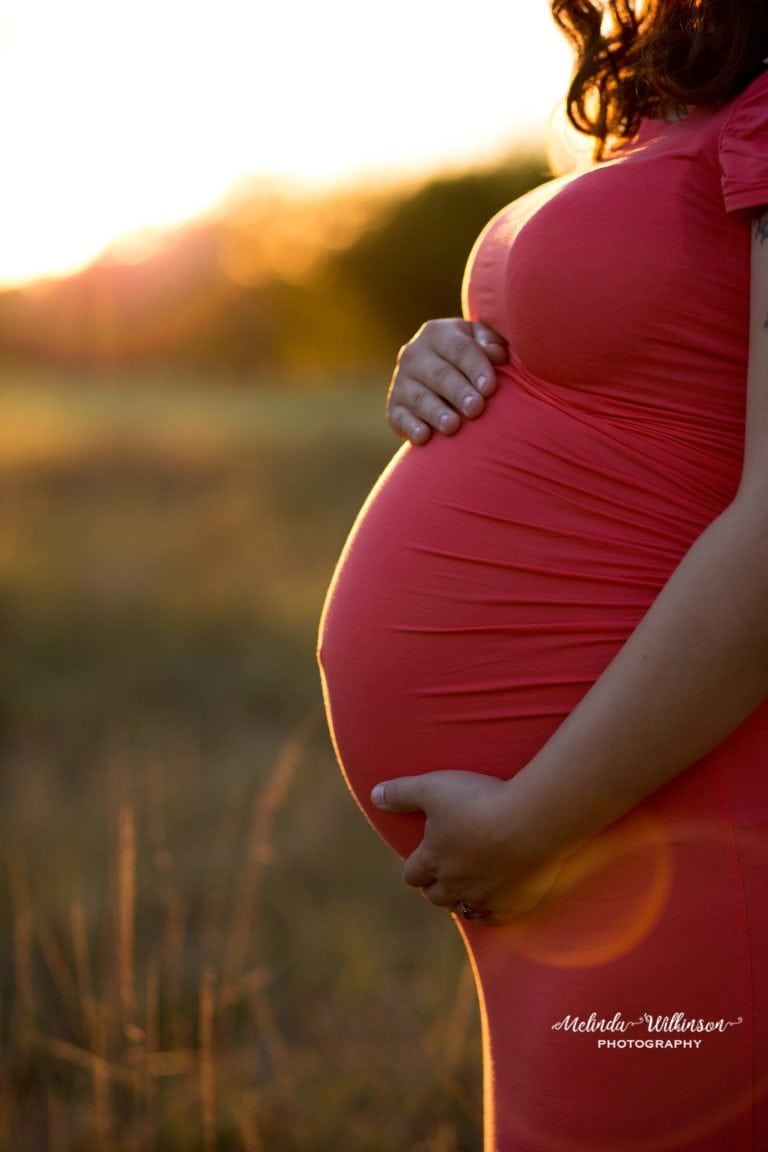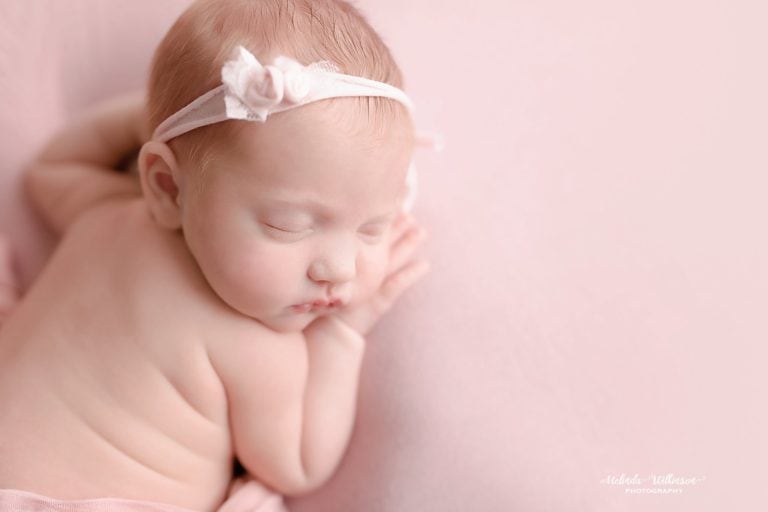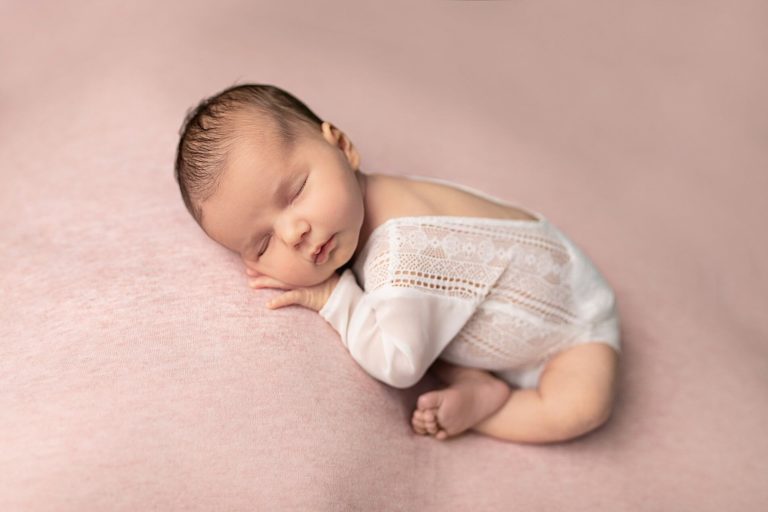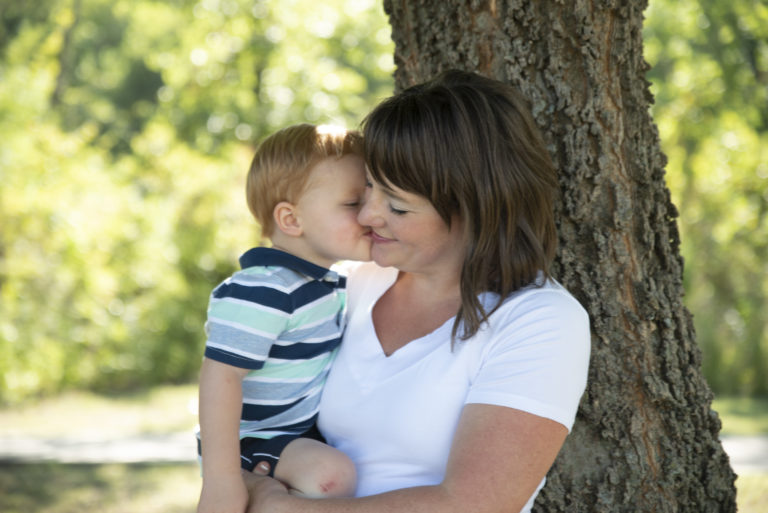Newborn Essentials – Baby Safety Part 2
Newborn Safety Tips
Sleep Safety

There are so many things to research as you are pregnant and preparing for a newborn, and knowing the essentials for keeping a baby safe is definitely the most important. I’ve already written a post dedicated to car seat safety, so if you’re interested in that, go here. Here, we’ll focus on sleep safety.
Safety Guidelines
Newborns sleep – a LOT! So, making sure they are safe when they are sleeping is one of the most important things to do. Here, I’ll provide some important guidelines for newborn sleeping. It’s really important to note that when you ask friends for their favorite sleeping tips, some of them might not be recommended by the American Academy of Pediatrics, so you’ll need to use your own judgment to determine if it’s something you want to try.
The AAP updated their infant sleep guidelines in late 2016 (see the full article here). Their guidelines are meant to prevent SIDS (sudden infant death syndrome) or other sleep related deaths from occurring. Side note – I know a number of people who have lost young ones to SIDS. It CAN happen to you. If you are someone who it has happened to, I am so very sorry for your loss. We can do everything possible to protect our babies, but even so, it can still happen. It is NOT your fault.
Back to Sleep
Infants should be placed on their back to sleep until they are one year old. They should sleep on a flat, firm sleeping surface that has a properly sized fitted sheet. The AAP now also recommends that they sleep in their parents’ room, on a separate sleeping surface, for their first year of life (or at least until they are 6 months old).
With your baby’s sleep environment, they shouldn’t have any soft objects, blankets, or padded bumpers. I think this can be the hardest for new parents, because they put so much effort into making a beautiful nursery and these extras always seem to be in the pictures with the most beautiful nurseries. It’s important to know that babies can start to roll very early, and you don’t want to leave yourself guessing when you should move all the padded objects. Their pajamas should also fit snugly, and instead of blankets you can use sleep sacks like this or this. The AAP also recommends using a pacifier for sleep, but if you are breastfeeding make sure that relationship is solid, first.
Sleep Tips
- Once your baby starts rolling in their sleep, continue to put them on their back to sleep. But you don’t need to worry about moving them back each time they roll.
- There are mesh, breathable bumpers that you can put on your crib if pacifiers are falling out, or if your baby’s arm/leg gets stuck between the slats. Remove these once they can climb, though, as they can use them to try to climb out of the crib.
- Sound machines can help babies (and adults!) sleep better and longer. If you have a noisy household, they can help prevent noise from interrupting your baby’s sleep. There are lots of sound machines out there, but I really prefer just the basic ones. We use this one by DOHM. Side note – when my little ones got a little older, we also started using a crib aquarium. It started with my son as a way to get him to lay his head on each side so he wouldn’t get a flat spot, but then I realized it was a way for him to self-soothe, too. They turn it on if they wake up, and can go back to sleep with it.
- Babies sleep in their car seats. It’s just what happens when you start driving them around. When you go into restaurants or stores, you carry that car seat in, so you don’t disturb your little one. BUT, if you are home, or they are at daycare, please take them out of that car seat. It is not a safe sleep location, and it is best to remove them from the car seat.
Co-Sleeping
Co-Sleeping is when you share the same ROOM with your child. The AAP recommends this for at least the first 6 months, but ideally the first year. We moved our babies to their own rooms at 6 weeks, then my second was moved at 3ish months. We had monitors in their rooms, and checked on them frequently, but we felt it was best for us to have our own space. With my son, he slept in a Rock and Play in our room (more on that below), and with my daughter we had the Halo Bassinest(more below).
Bed sharing is when you share the same BED with your child. The AAP, and most doctors I’ve spoken with, don’t recommend bed sharing. I did not do it myself, however there were times when I did fall asleep nursing my second. I know many people who have loved bed sharing, and do it safely. My recommendation – if you feel that bed sharing is for you, just do your research BEFORE baby is born and you’re exhausted. Make sure you have a mattress that will be safe, you figure out your blanket situation, don’t drink before sleep, etc. KellyMom is a great place to research guidelines and how to set it up safely.
Items We Loved!
Between our two kids, we found a ton of items that we loved, but I’m really going to break this down to the top 5.
Halo Bassinest – I used this for the first three months with my last baby, and I SO wish I had it with my first. She was right next to me all night long, and it was so sweet watching her scoot and roll to get as close to me as possible. I was so comforted knowing she was right there, and since I was nursing her after a c-section, it made it so much easier to reach for her from my spot on the bed. I also loved the vibration/white noise that it had
Love to Dream Swaddle – There are lots of sleep sacks and swaddles around, and how well they work depend some on your baby. My little girl loved to have her hands up when she slept, so this swaddle helped her stay comforted, but also with the ability to move her arms up. Remember, once baby can roll over, they should not have their arms restricted with a swaddle. We transitioned easily to the Zipadeezip at that time.
Wubbanub Pacifiers – My son LOVED his “puppy” and “penguin”. I bet you can guess what animals they were, as we were super original with our naming of them. He is almost six, and still sleeps with them. He definitely used other pacifiers, but he had one of these in his bed and one in the car for the first year and a half or so. I loved these specifically, because it was so easy to transition away from the pacifier with them. He already used them like a lovey, so when we were ready, we got rid of the others, and then we just cut off the rubber pacifier part. In the newborn/baby phase, I liked these because the weight sort of held the pacifier near their mouth when they were in the car seat or stroller. Note: you do need to inspect these to make sure they are not getting damaged if your little one is a chewer.
Baby Tula Free to Grow Carrier – The Free to Grow is a newer style of Tula, and I wish I had it with my son when he was born. It works from newborn on up, WITHOUT any insert. The design I grabbed also has mesh, so in the Texas heat it wasn’t super stifling. A baby carrier (used properly) is a great way to keep your little one safe when they are struggling to get to sleep, or when you are out running errands. Just make sure you are wearing them properly. Lots of areas have baby wearing groups that can help ensure you have them in their carrier safely.
I am a Dallas-Fort Worth Photographer specializing in maternity and newborn portraiture. If you’d like to see some of my newborn images, visit here.




